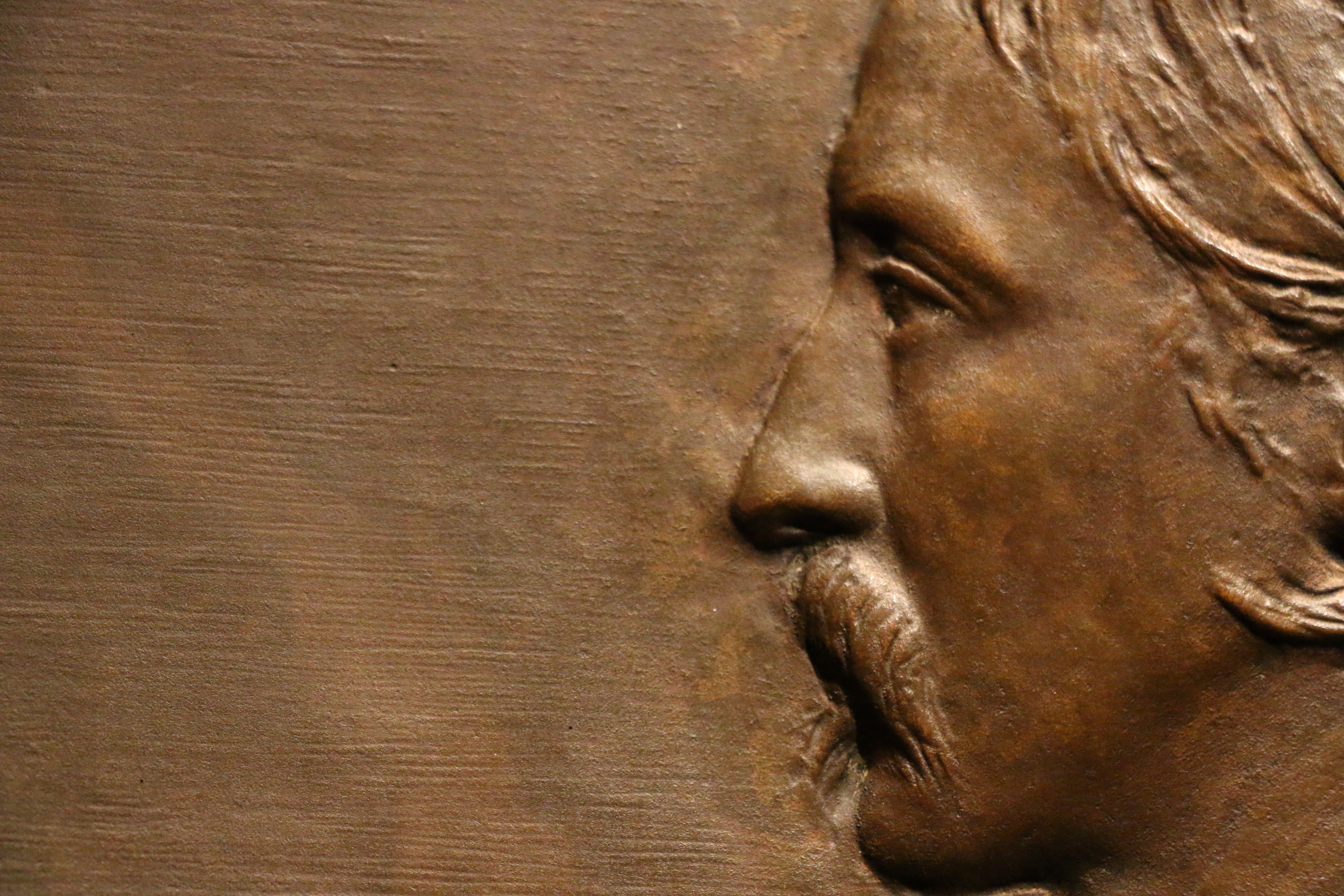They grace our city squares, parks, and streets. Often we have no idea who they were or what they represent, and take the words on their pedestals as all we need to know. When it comes to monuments and statues, rarely does the story go any deeper to the eye.
The violent events of Charlottesville, North Carolina over the removal of a Confederate statue in August of 2017 spurred a greater interest in the symbolism of monuments. What we’re seeing now are local governments taking action in their removal of tributes, and movements to highlight other points of history that have been ignored by cultural memory have gained visibility.
I have an interest in this because monuments aren’t cheap, and it’s interesting to look at the stories behind them and who decided what should be erected. Statistically they rarely depict women and many are seriously problematic and/or created to perpetuate a racist agenda. Time Magazine wrote about the underrepresentation calling it the “Bronze Ceiling”, a term that’s catchy and makes sense when 90% of monuments in the United States are of men.
Central Park in New York City has been the hotspot of two statue stories; one slated for removal and another in the works. Of the 22 historical figures in the park, none are of women, but a successful campaign to install figures of women’s suffrage will be executed in 2020. Meanwhile a statue of J Marion Sims is scheduled to be removed. Sims is called the father of American Gynecology, an awful title considering that he would experiment and operate on enslaved African American women and babies…without their consent or anesthesia.
When communities speak out about controversial tributes or move to erect new ones, they are shifting the collective memory of their society. What’s being achieved by the creation of new statues that represent the marginalized is an act of memory that’s contributing to a new cultural idea.
Memory is culturally shaped. The people and ideas that are specifically chosen to represent a history are a selective memory, and the monuments themselves are an act of memory.
If the tributes that we see represented in our communities leave out groups of marginalized people or glorify shifty practices, it sends a message that only certain versions of history are accepted. Those that are selected to be immortalized in granite, bronze, or marble become symbols of progress, and that progress doesn’t reflect reality.
As a discipline, both Memory Studies and Feminism seeks to redefine culture through alternative narratives. Both have “de-familiarized and thus re-envisioned traditional modes of knowing the past. Theorizing cultural memory through the lens of feminism does not merely foreground the dynamics of gender and power. It also applies feminist modes of questioning to the analysis of cultural recall and forgetting” (Hirsch). If the present is interpreted by a past that’s “constructed and contested” (Hirsch), then redefining cultural memory disrupts the balances of power in our communities.
While the events in Central Park are more recent, there are two occasions in recent history that are examples of monuments challenging the default ideas and existing representations we see. Diane Carlson Evans is a Vietnam War veteran who worked as a nurse on the front lines of combat. Women were continuously omitted from any sort of recognition of their involvement and sacrifice during the war, and Evans went through 10 years of hardship to have that changed with the creation of of the Vietnam Women’s Memorial on the National Mall in Washington, DC in 1993.
“One may think that the approval, placement, and financing of a statue for such a just cause would be a relatively simple process—after all, this was the first memorial on the Mall of our nation’s capital to honor the military service of women. To the contrary, the process was long and arduous and included two separate pieces of Congressional legislation and approval of three federal commissions. The dedication of the Vietnam Women’s Memorial (VWM) represented the culmination of a 10-year struggle by thousands of volunteers who overcame controversy, rejection, and challenge by those who thought that a women’s memorial was not needed”
The construction of gender norms has defined traditional historical record, and the very act of women’s history is inherently a dissonant heritage. “The concept of the historiography of women is quite novel. […] the very emergence, around the middle of the nineteenth century, of the female historical subject and its incorporation in collective memory brought about the evolution of a discourse that challenged the hegemonic language of history and politics” (Melman). It’s exhausting to think that even a military themed monument in the United States was protested because it was for women, yet Evans paved the way for tributes honoring women and her organization continues to advocate.
While monuments will continue to be polarizing, eye opening, and troublesome, their existence in an era of shifting American culture is an opportunity for calling out what has been wrong and uplifting new old narratives to give the recognition that they are due. Rethinking the old white man on a pedestal seems like a metaphor.
